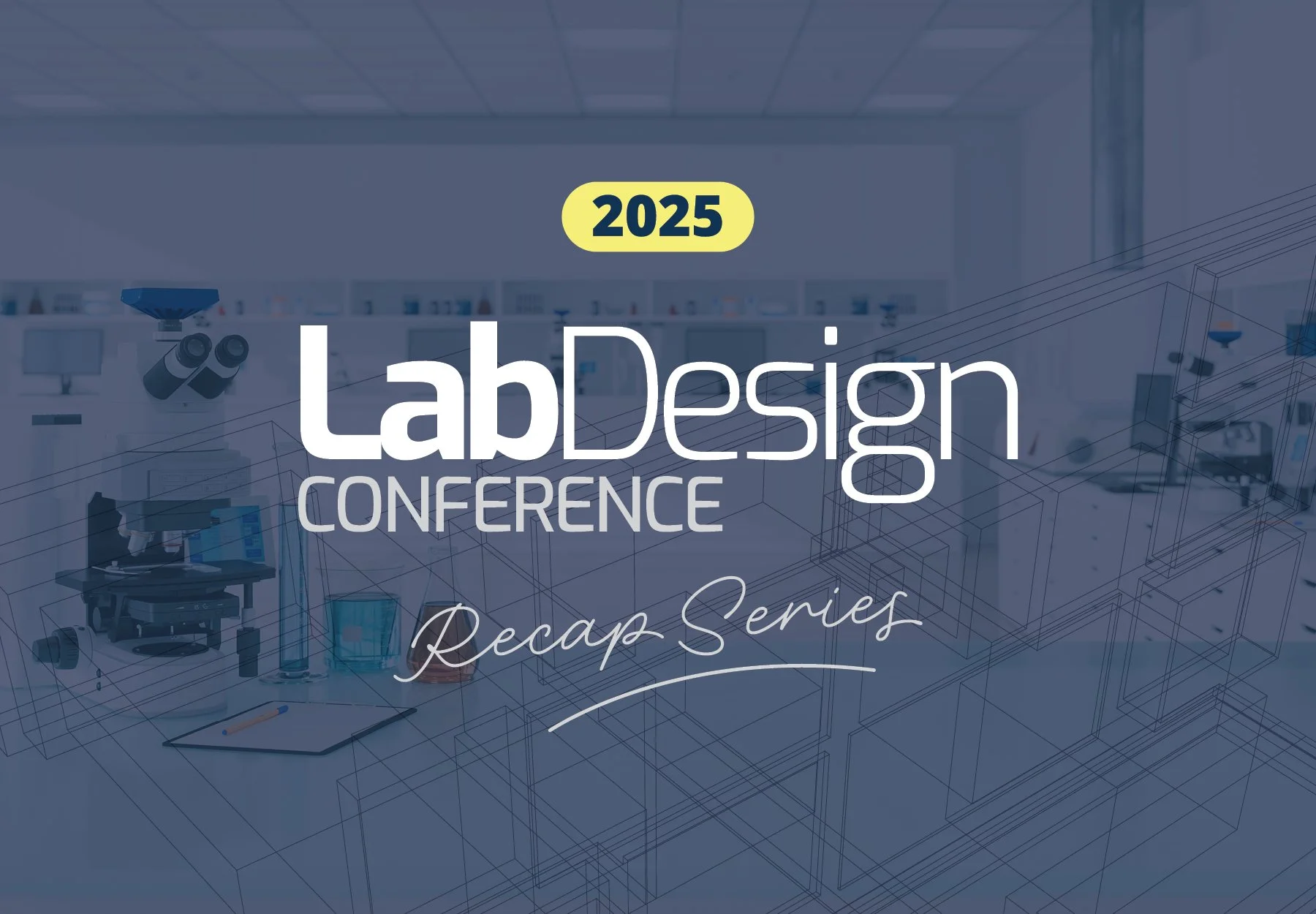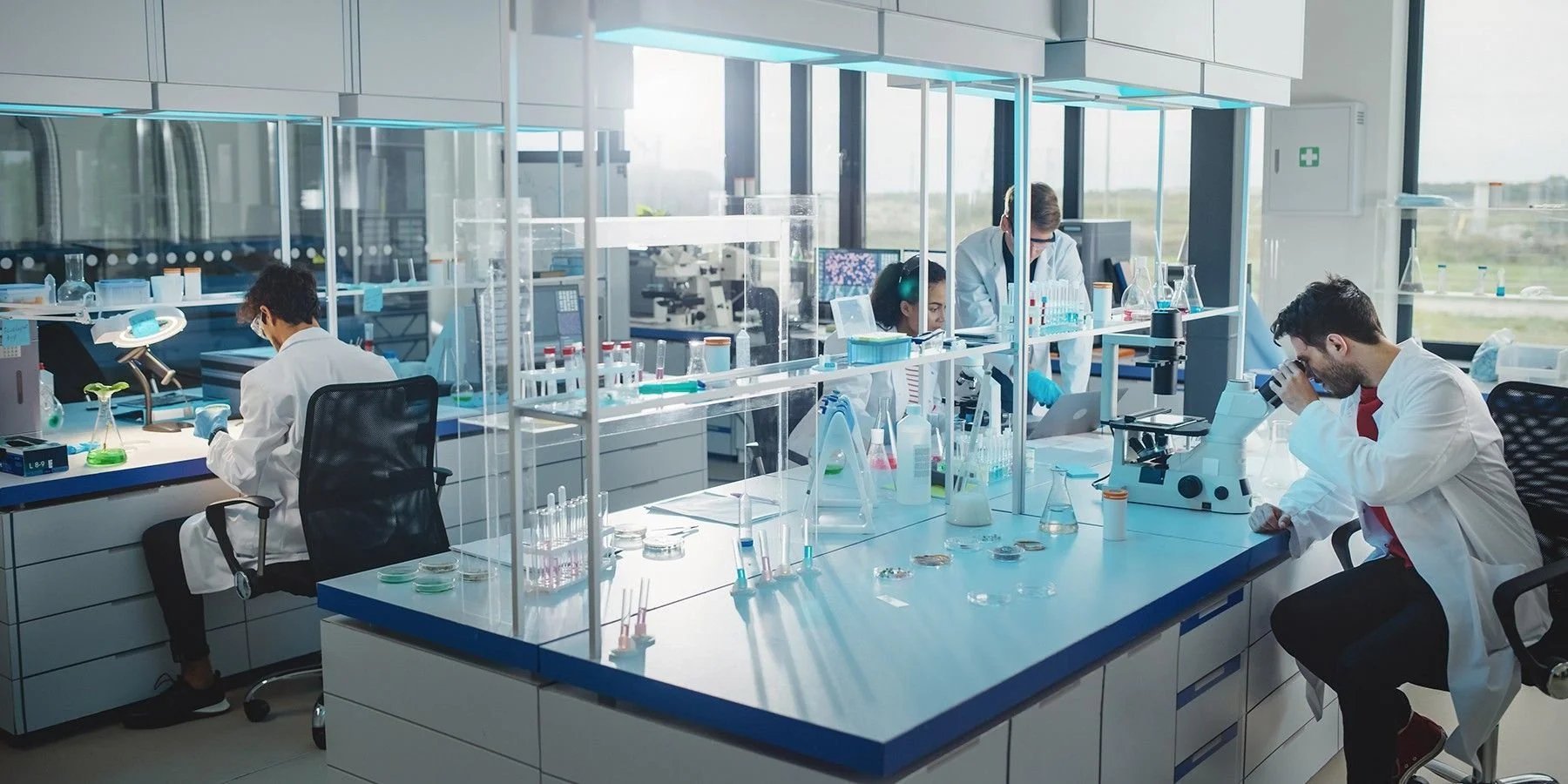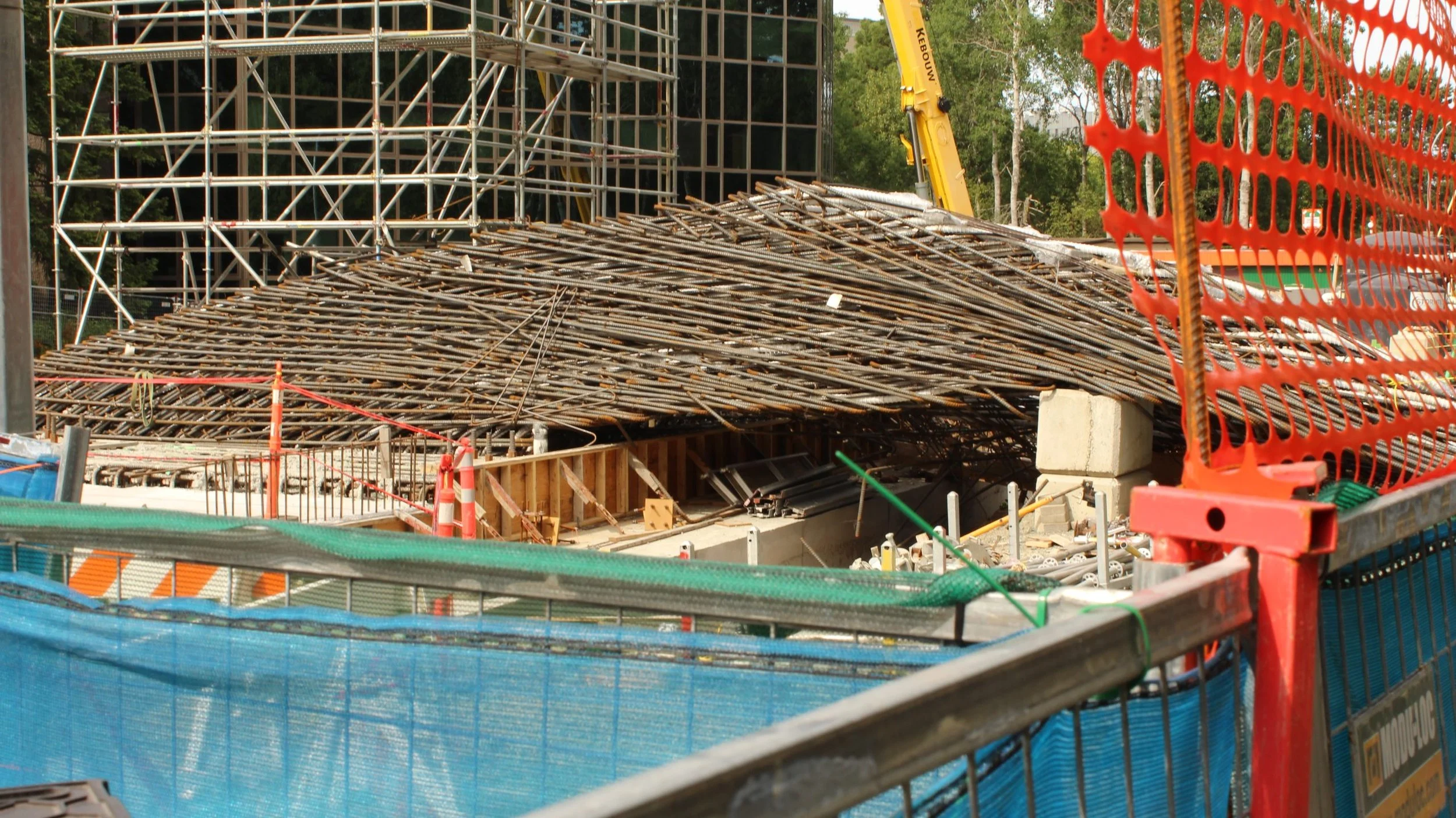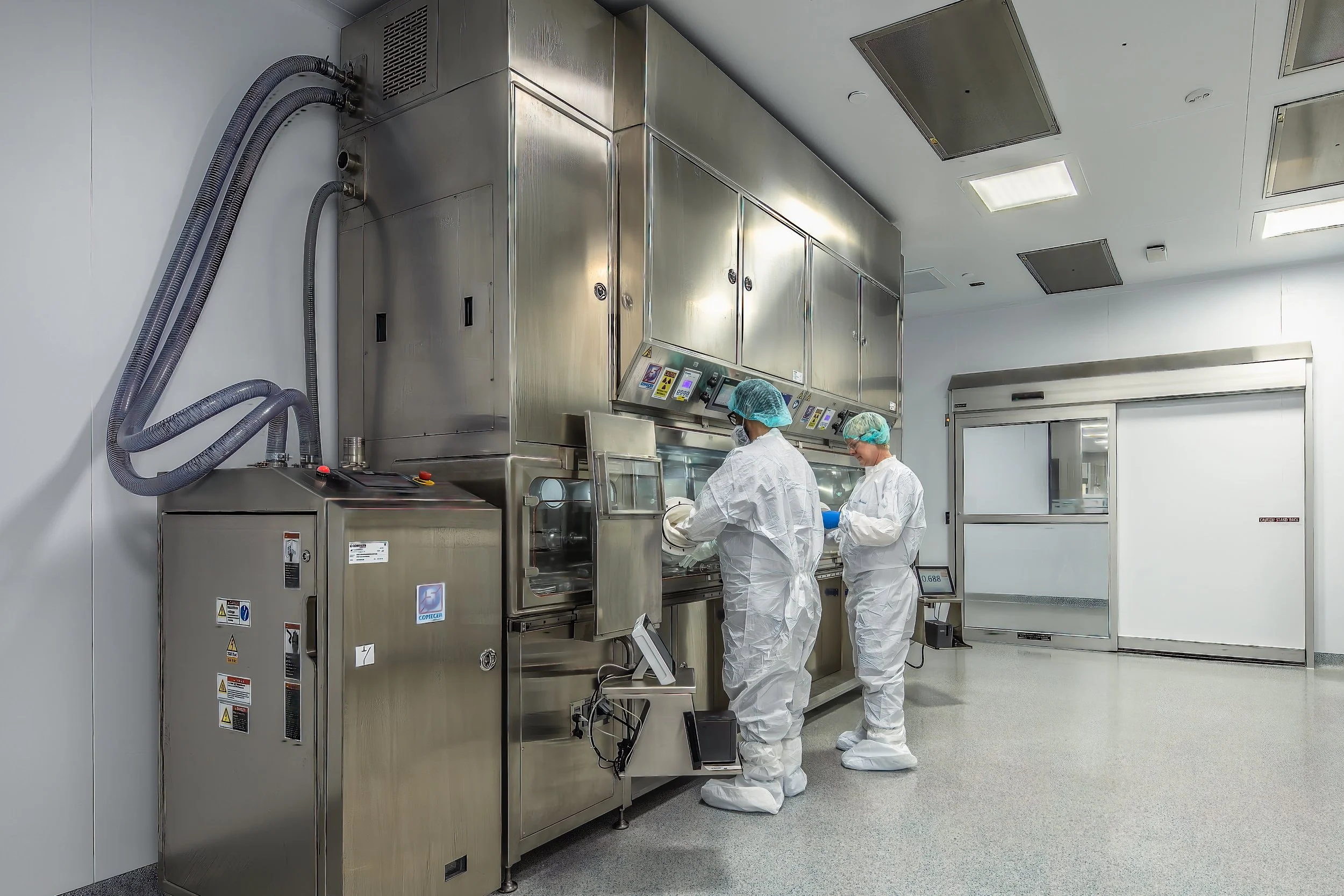[[bpstrwcotob]]

Alternate Models for Bioscience Research Facilities: Making the Case for Urban Integration
As urban land grows scarcer, bioscience is shifting away from suburban campuses toward integrated urban labs that leverage adaptive reuse, sustainability, financial innovation, and community engagement to create vibrant, flexible research environments that benefit cities and science alike

How to Build Flexible and Collaborative Laboratories
Project teams and lab management can benefit from designing shared labs that prioritize real-world workflows, flexible infrastructure, clear communication, and thoughtful operational planning—ensuring spaces that adapt to diverse users, streamline collaboration, and support evolving research needs for greater efficiency and long-term success

Rebar Collapse Halts Work on University’s Engineering Lab Expansion
A structural rebar and post-tension cable collapse at the University of Victoria’s $89.6 million Engineering and Computer Science expansion site caused a temporary road closure and raised safety concerns, though no injuries were reported and investigations are ongoing to determine the cause and impact on the project timeline

How Supply Chain Shifts Are Reshaping Lab Design and Construction
Shifting supply chains and advanced manufacturing are redefining lab design and location, making it essential for lab planners and end users to prioritize strategic site selection within integrated innovation and production hubs to ensure their facilities stay connected, competitive, and future-ready

Faced with NIH Funding Cuts, Universities Look to Reduce Research Facility Costs
Optimizing lab ventilation offers universities a high-impact strategy to lower energy use, meet carbon regulations, and improve research environments without the need for new construction

Beyond Illumination: Thoughtful Lighting Design Transforms Laboratory Functionality and Sustainability
A 2025 Lab Design Conference session led by WSP’s Colin Conroy and Shannon Kaplan, emphasized that lighting—far from a mere afterthought—is a critical design element that influences lab safety, accuracy, comfort, sustainability, and occupant well-being

Designing Against the Clock: How Isotope Half-Life and Chemistry Shape Radiopharma Facility Design
The unique time-sensitive nature of radiopharmaceuticals—driven by the physics of radioactive decay—shapes every facet of facility design, offering lab planners, architects, and lab managers detailed guidance on how to align site selection, workflow layout, infrastructure, and safety systems

Webinar Preview: Sustainability Considerations in Small Laboratory Renovations and Refits
Join us for this webinar to learn how architects, lab planners, and lab managers can approach small laboratory renovations in ways that achieve meaningful sustainability goals without relying on third-party certifications, using a flexible, collaborative strategy

Deadline Extended: Share Your Lab Design Lessons at the 2026 Lab Design Conference
The deadline to submit a proposal for the 2026 Lab Design Conference has been extended to August 15, 2025, giving presenters more time to refine their ideas, enlist end users as co-speakers, and craft engaging, real-world sessions that will inspire the lab design community

Planning with Lab Users for Complexity, Change, and Collaboration
Engaging researchers as creative partners from the start is essential to designing flexible, functional labs that reflect their ingenuity and support evolving scientific work for the long term
